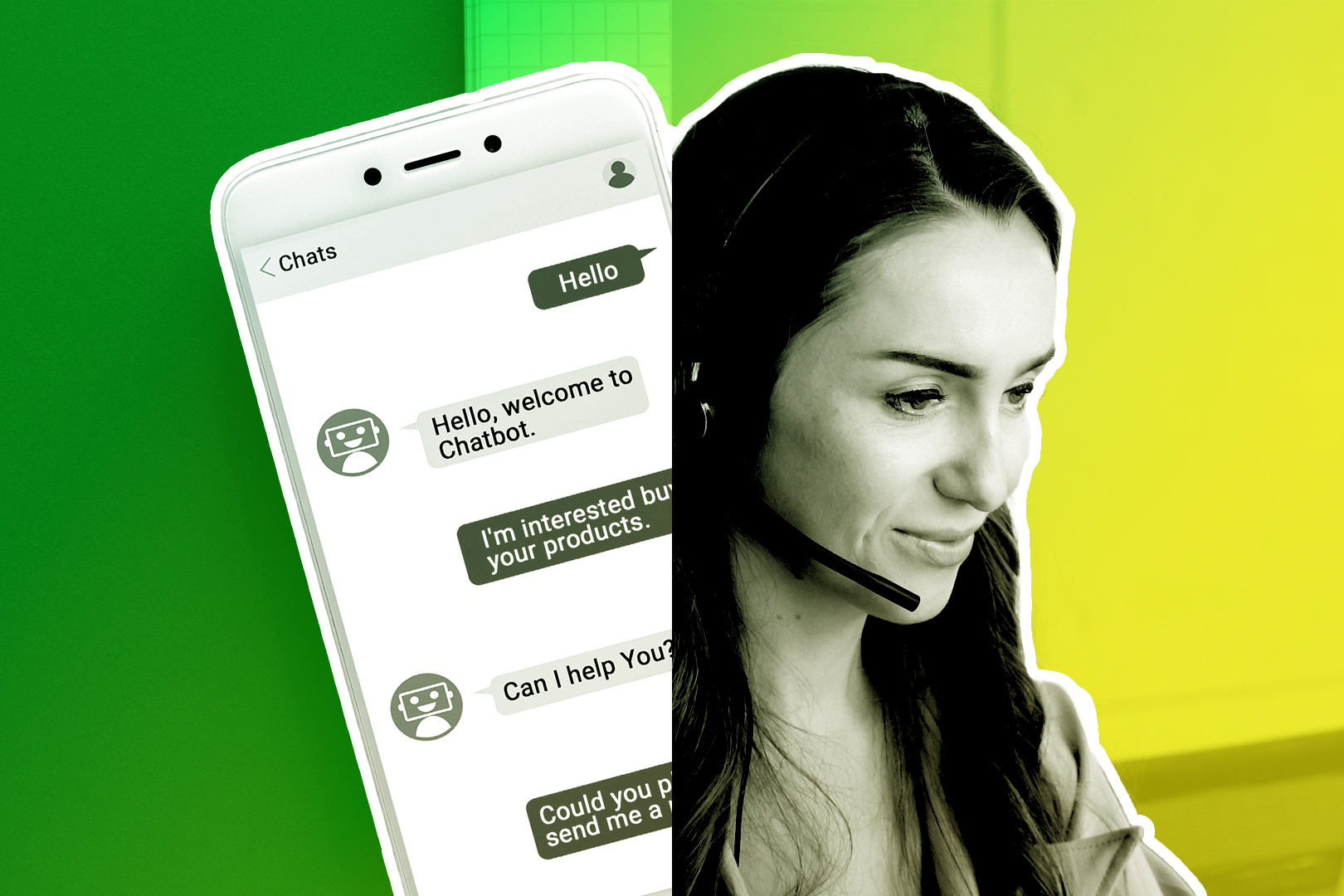We've already covered how to schedule more demo appointments with qualified prospects. Today, we're going to talk about the probably most unglamorous part of giving demos: the nuts and bolts of preparing demos that turn into sales.
Thorough preparation will help you create and deliver effective product demonstrations and improve your close rates.
Know Your Demo Tools
Learn how the software works if you're giving remote demos using an online presentation tool. Use their training materials, read their documentation, and do a test demo with a colleague to familiarize yourself with the behavior of the software.
You might think, "Duh, of course!" But attend a couple of live demos; the number of people who do this for a living and can't handle the tools they use professionally is ridiculous.
Here's a couple of things you should do:
- Try different hardware setups on the client side (e.g., what will your screen share demonstration look like when the other party views it on a 13-inch notebook screen instead of a 27-inch monitor).
- Is there any lag or delay?
- If you're giving them remote access to your app, how will the app behave?
- What's the experience like when using annotations in your screen share software?
- Is your Desktop clean and tidy or cluttered with personal files?
Hardware
Invest in a good headset. Don't use the built-in microphone in your laptop, a $20 Bluetooth thing, or even a speakerphone. The internet will screw the audio quality of your call bad enough, so do everything you can to ensure the best sound quality possible on your end.
If your prospect has difficulty understanding what you say, it'll be very hard to hold their attention.
Haven't Demoed Your Product in a While?
If you're not on top of your demo game (or if this is the first time you've delivered a demo of this product), then by all means, practice first!
Do a full run of your demo, from A to Z, for a friend or colleague, pretending they're a customer.
Have Some Lines Ready
If there's a technical glitch, the last thing you want to do is think about what to say. That's why it's good to prepare.
If your app suddenly crashes during the demo... what will you say? How will you bridge the time it takes to go up and running again?
How will you deal with a sudden lag in your presentation software due to a slow internet connection?
It's good to have a few lines prepared for different scenarios. However, there are no bonus points for being brilliant on the spot.
If Chris Rock Would Do Demos...
Learn from the best performers in the world and constantly practice—calibrate which phrasing gets the best audience reaction. Famous stand-up comedians like Chris Rock practice their gigs hundreds of times with different audiences to gauge their reactions. They're literally split-testing jokes against each other to see which gets the biggest laughs.
Do the same with your demos: experiment with different ways of presenting certain features and see what excites your prospects about your software.
Widgets by Acme Inc.
You're going to use some placeholder data when you're demoing your product. Many companies will then use ACME as a company name, John Smith as a customer name, and Widget A, Widget B, and Widget C as product names. That's a bad idea.
If you can, use the kind of data they would be using. This will help them to mentally make the connection between your product and their actual work routines.
If entering customized sample data for each prospect isn't feasible, come up with creative ways to still make your sample data stand out.
When we demo our inside sales software, one of our sample customers is the Bluth Company (if you're a fan of the show Arrested Development, you'll appreciate that).
In one of the sample email exchanges, they mention a Banana stand (which, again, as a fan of Arrested Development, will put a smile on your face).
In our sample data, we're referencing different movies and parts of popular culture, and prospects often laugh or respond positively when they notice one of these references.
It's so much better than Widget C by ACME. It's one of those little details that shows you care.
Immediately Before the Demo
Open browser tabs, app windows, or pages you'll show your audience during the demo before the demo starts. Have them minimized in the background so people don't have to watch you navigate to these pages and wait for them to load. That'll save you a few seconds during the demo, but just create a better impression of speed.
(If you always use the same setup, just open all the pages in separate tabs and bookmark all tabs so you can conveniently load them all up in the same order for your demos).
Turn off chat notifications, instant messengers, and any other apps that could unexpectedly pop up on the screen and distract your viewers from your demo.
Do you use any browser extensions or toolbars that take up valuable screenspace? Best to launch a new browser without any add-ons and just present in full-screen mode. Minimize visual clutter.
Open an empty text file where you can jot down their questions or notes during the demo. It's just another way of demonstrating that you're a pro if you already have the window in the background and don't make them wait for an app to start.
Hit the Record Button!
Replaying your live demos and reviewing what you can do better and what works well is worth pure gold, especially in the early days of giving demos. There's so much to be learned by reviewing your demos without having to be attentive to your prospects, and you'll get plenty of ideas for improving your demo.
Most web presentation solutions offer an easy option to record your demo. Just double-check that you have enough storage space available, as some providers have pretty strict limits.
I'd advise against using a screen recorder that you've installed on your system. They can really slow down system performance, and sometimes, there are issues when using them with screen-sharing software.
But if you do, by all means, do a test run for the same period of time with the same setup you'll use during the demo. You might think testing two minutes of screen recording will give you all the insights you need, but 30 minutes into your live demo; the software may slow down your system or simply crash.
Have an Agenda
Decide in advance what the three things are that you want your demo audience to remember about your product.
I'm sure there's more you want them to remember, and there definitely will be more you show them. But if you assume that they could remember only three things, what are the three things you'd want your product demo attendees to remember? What are the highlights you want to highlight?
Master Your Demo Game: Turn Preparation into Sales Success
Once you've got a great demo win rate, you'll be fine without meticulous preparation for your demos. But especially when you're just getting started, being well prepared and familiarizing yourself with the process can give you a big advantage, making you feel more confident and performing professionally.












